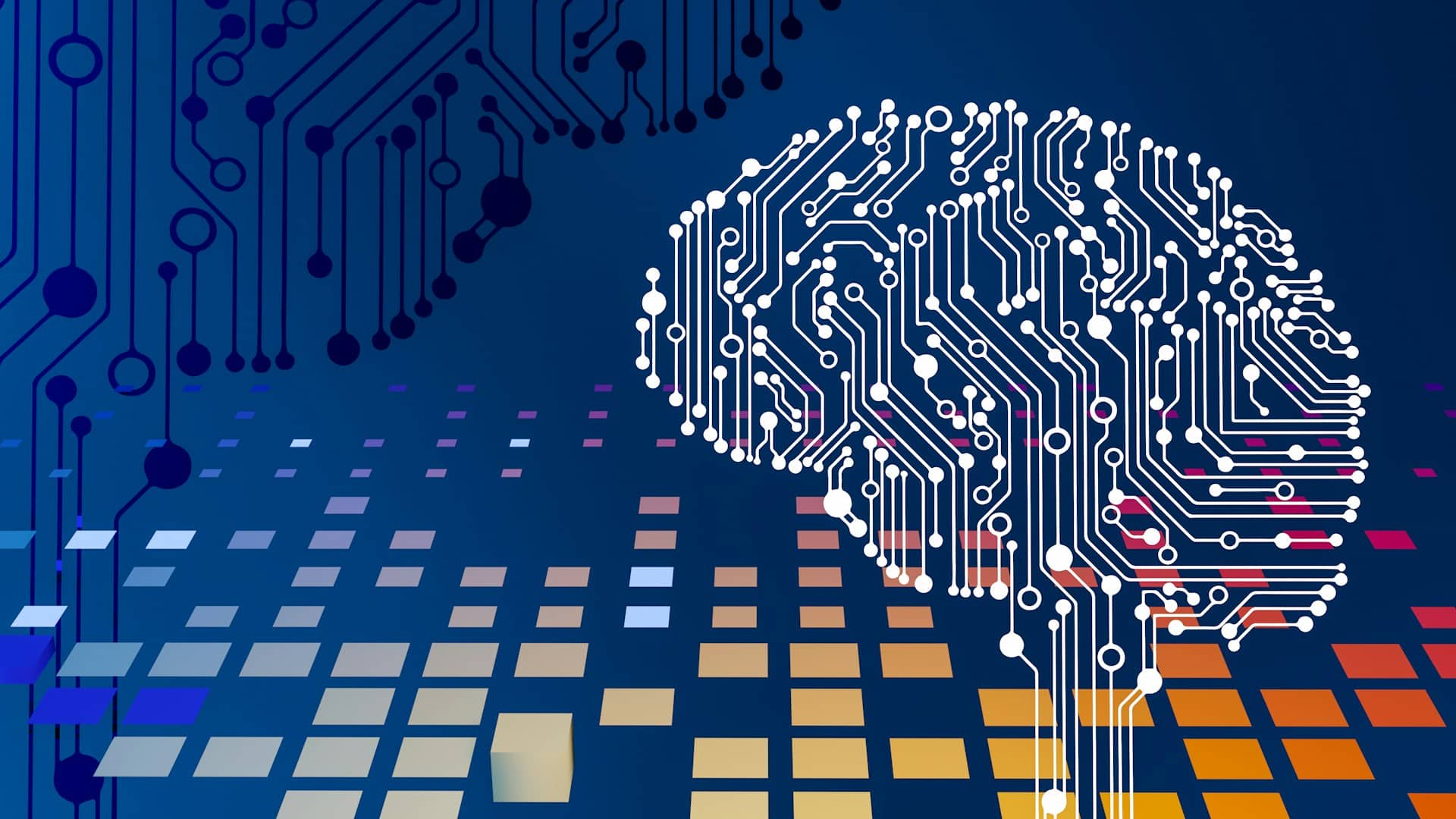Can AI predict and prevent cyberattacks?

In a world increasingly reliant on digital systems for operations, cybersecurity is a paramount concern. Constant advancements in technology have seen a rise in cyber threats that pose significant risks to businesses and organizations worldwide. With the advent of machine learning and artificial intelligence (AI), potential solutions to cybersecurity threats are emerging. Today, we’ll explore how AI can aid in detecting and preventing cyberattacks, and why it’s a game-changer in the cybersecurity landscape.
The Role of AI in Cybersecurity
Artificial Intelligence, particularly machine learning, plays an instrumental role in fortifying cybersecurity mechanisms. The defining feature of AI is its ability to learn, adapt and improve over time. It can quickly sift through vast amounts of data, identifying patterns and anomalies that might signal potential threats. This speed and efficiency can augment human efforts, leading to a more robust cybersecurity system.
A voir aussi : Video games : Top 7 sectors where image-generating AI can be useful
One of the primary tasks in cybersecurity is the timely detection of cyber threats. Before AI, this was a time-intensive process involving manual analysis of data logs for any potential anomalies. However, AI has revolutionized this process by automating the detection process, thus allowing organizations to respond swiftly to threats.
Machine Learning Models for Threat Detection
Machine learning, a subset of AI, is a promising tool in identifying cyber threats. It involves creating models that learn from data. Once trained, these models can identify potential threats, even those that have never been encountered before.
A voir aussi : The future of AI-driven journalism and news reporting
There are several machine learning models prevalent in cybersecurity. Supervised learning is a popular method, where the model is trained using labeled data, making it capable of classifying future data into ‘threat’ or ‘no threat.’ Unsupervised learning methods, where the model learns from unlabeled data, are also used for anomaly detection. They work by learning the normal patterns of the system and flagging any deviations as potential threats.
AI for Malware Detection
Malware is a significant cybersecurity threat, often used as a tool for cyberattacks. Traditional systems rely on signature-based detection, where known malware signatures are used to detect threats. However, with the constant evolution of malware, this method is increasingly becoming ineffective.
AI comes into play here, providing a more sophisticated and proactive approach to malware detection. Machine learning algorithms can analyze the behavior of applications and files, identifying those that might be malicious even in the absence of known signatures. This predictive capability of AI can facilitate the early detection and neutralization of malware, significantly enhancing the security posture of organizations.
The Value of AI in Cyber Threat Intelligence
Beyond detection, AI also contributes significantly to cyber threat intelligence. This involves gathering, analyzing, and interpreting information about potential attacks, helping organizations anticipate and prepare for them. AI can automate this process, scanning through vast quantities of data from various sources to identify potential threats.
AI’s ability to process and interpret data at high speeds allows for real-time threat intelligence, providing organizations with up-to-the-minute information about potential threats. This timely intelligence can enable organizations to take proactive measures, preventing cyberattacks before they occur.
Limitations and Future Prospects of AI in Cybersecurity
While AI presents immense possibilities for enhancing cybersecurity, it’s not without its challenges. One significant limitation is the quality of data used for training the machine learning models. Bias or errors in the training data can lead to inaccurate detection or false alarms.
There are also concerns about the potential misuse of AI by cybercriminals. As AI systems become more advanced, there is a risk that they could be used to carry out sophisticated cyberattacks. This highlights the need for continuous refinement and advancement in AI-based cybersecurity measures.
Despite these challenges, the future of AI in cybersecurity looks promising. Its ability to learn and adapt makes it a potent tool in the ongoing battle against cyber threats. While it’s not a standalone solution, AI, when used in conjunction with traditional cybersecurity measures, can significantly enhance the security posture of organizations.
AI in Incident Response: A Game Changer
The increasing sophistication of cyber threats necessitates an equally sophisticated response mechanism. Incident response, the process of handling and managing the aftermath of a cyber attack, is crucial in minimizing damage and recovering swiftly. AI, with its advanced capabilities, can make a significant difference in incident response.
Conventionally, incident response involves several stages, including preparation, detection, containment, eradication, recovery, and post-incident analysis. These stages often require human intervention, which can be time-consuming and prone to errors. AI can augment these processes, offering a more efficient, accurate, and rapid response to threats.
By leveraging machine learning algorithms, AI can sift through vast amounts of data generated during a cyber incident, identifying critical indicators of compromise. It can analyze network traffic, log files, and other data in real-time, providing valuable insights that can aid in the containment and eradication of threats.
One of the key benefits of AI in incident response lies in its predictive capabilities. AI can analyze patterns from past incidents and predict potential threats, enabling security teams to act proactively rather than reactively. This predictive approach can significantly reduce the impact of cyber attacks and improve an organization’s resilience against future threats.
Moreover, AI can automate mundane tasks involved in incident response, freeing up valuable time for security teams to focus on more strategic aspects of cybersecurity. This includes automating processes such as incident documentation, prioritizing alerts based on threat levels, and suggesting remedial actions based on machine learning models.
Despite the potential challenges associated with AI, such as data quality and misuse by cybercriminals, its value in incident response is indisputable. The use of AI in incident response represents a paradigm shift in cybersecurity, promising a more secure digital future.
Conclusion: AI – A New Era in Cybersecurity
As cyber threats continue to evolve in complexity and scale, the need for advanced and proactive cybersecurity measures has never been greater. Artificial intelligence, with its ability to analyze vast amounts of data in real-time and predict potential threats, is revolutionizing the cybersecurity landscape.
Through machine learning models and algorithms, AI can automate the detection of threats, identify anomalies, and predict future attacks. It has proven particularly effective in malware detection, offering a more proactive and sophisticated approach compared to traditional signature-based methods.
Moreover, AI contributes significantly to cyber threat intelligence, enabling organizations to anticipate and prepare for potential attacks. It brings efficiency and speed to the incident response process, enabling swift containment and recovery from cyber threats.
However, the integration of AI into cybersecurity is not without challenges. Accuracy of detection depends on the quality of data used in training machine learning models, and there are concerns about the misuse of AI by cybercriminals. Therefore, ongoing refinement and advancement of AI-based cybersecurity measures are critical.
As we move forward, it’s clear that AI is not a standalone solution, but rather a powerful tool that, when used in conjunction with traditional cybersecurity measures, can significantly enhance an organization’s security posture. The future of cybersecurity lies in harnessing the power of AI, and we are just beginning to unlock its full potential.
